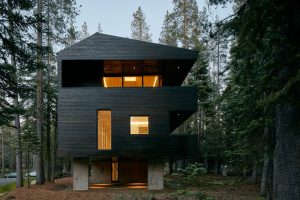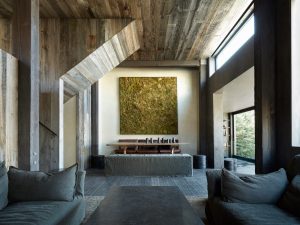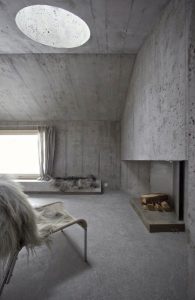As the winter season sets in, Acumen takes you on a journey to discover chalets with exceptional architecture, created in the four corners of the world. In concrete or wood, in a Japanese or Scandinavian style, these high-altitude residences celebrate modernity and the surrounding landscapes!








